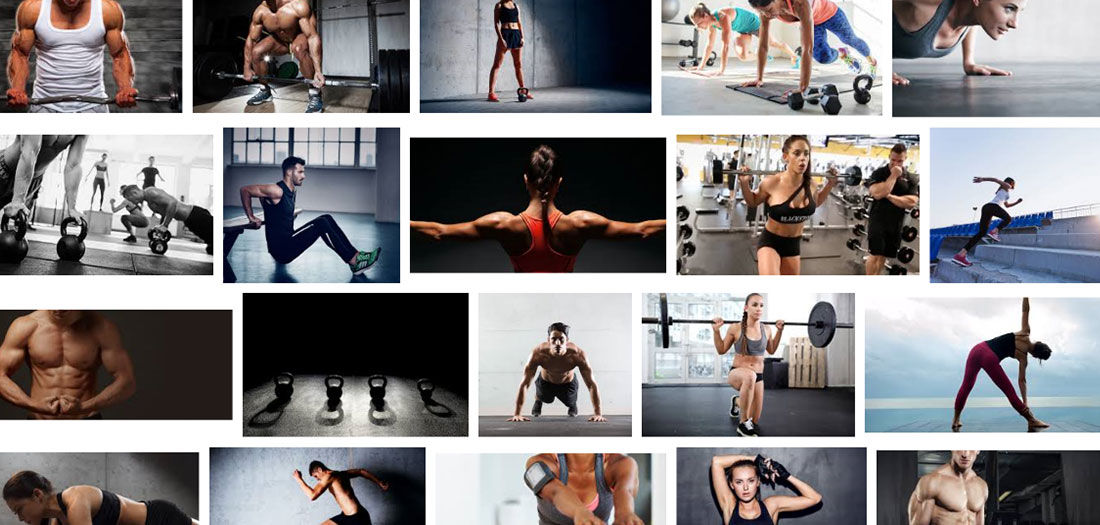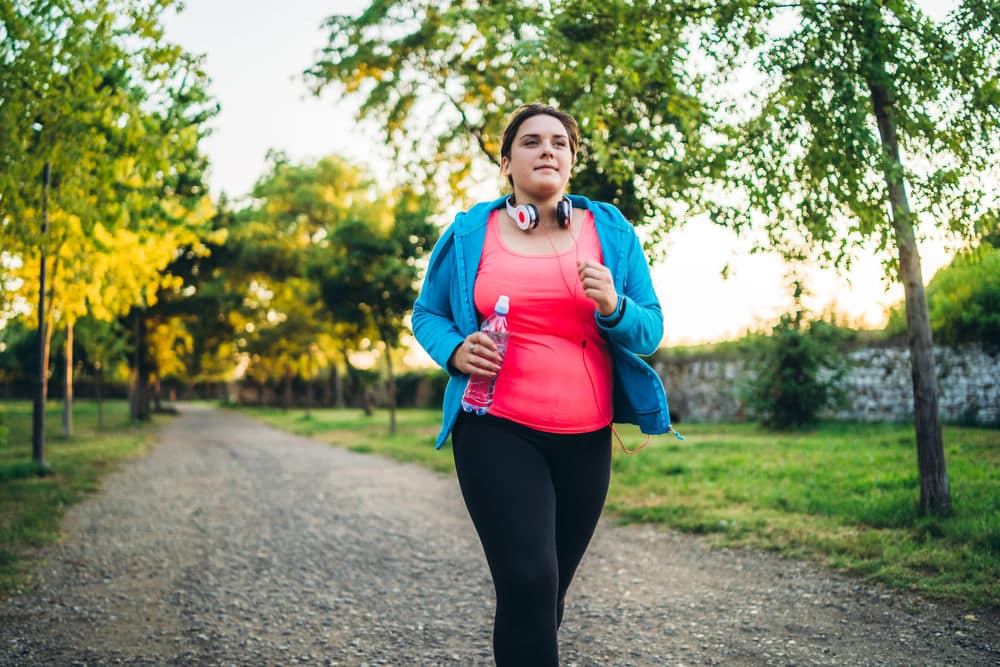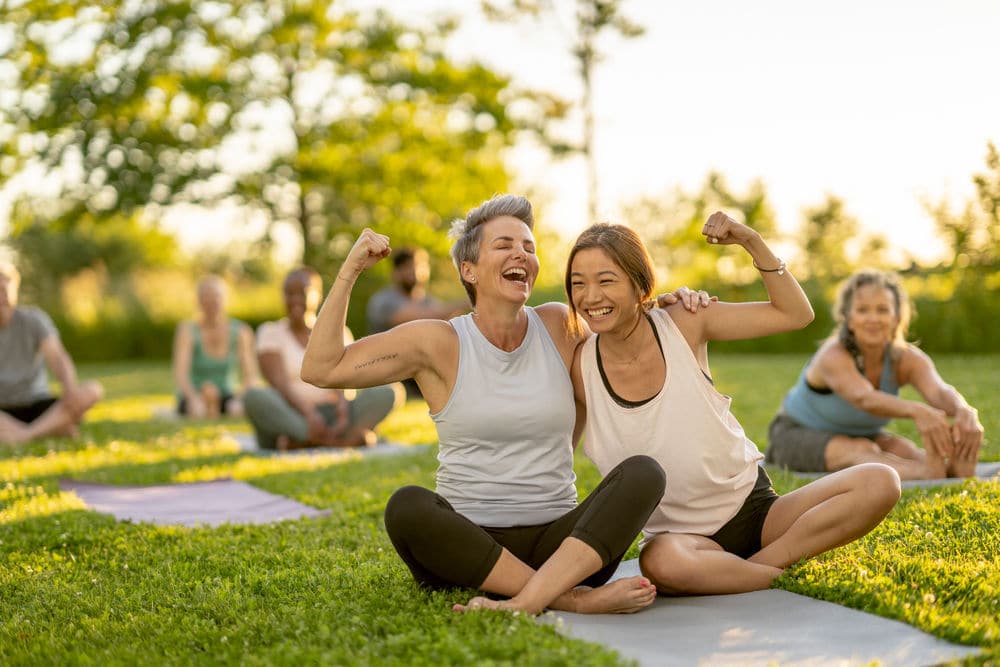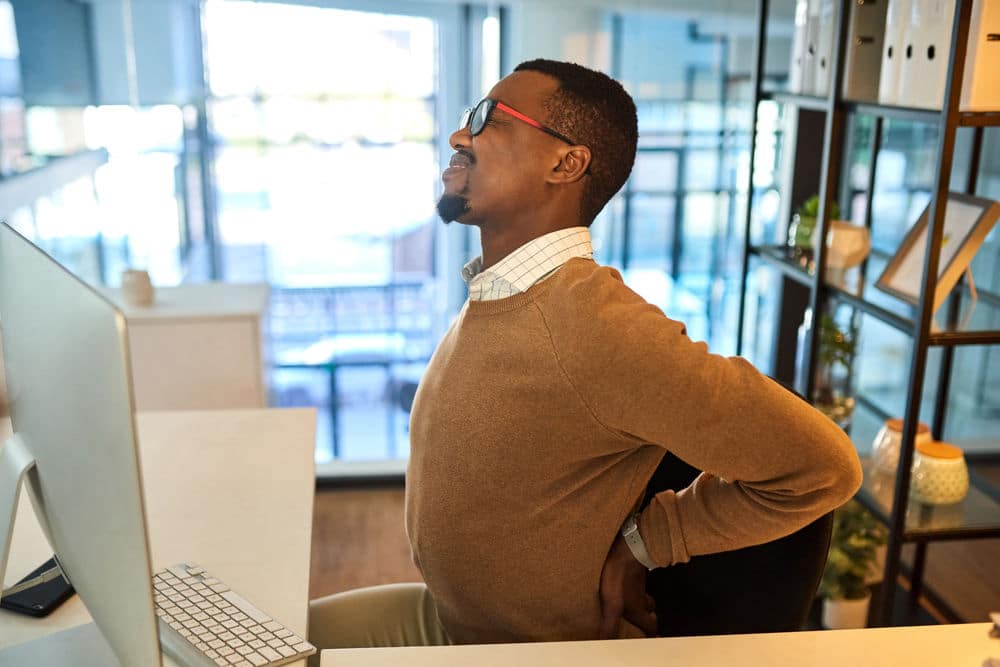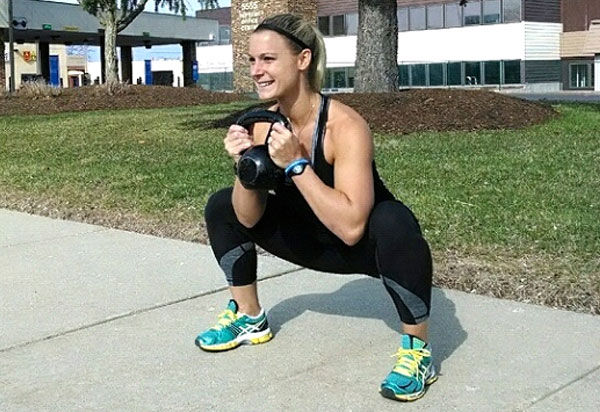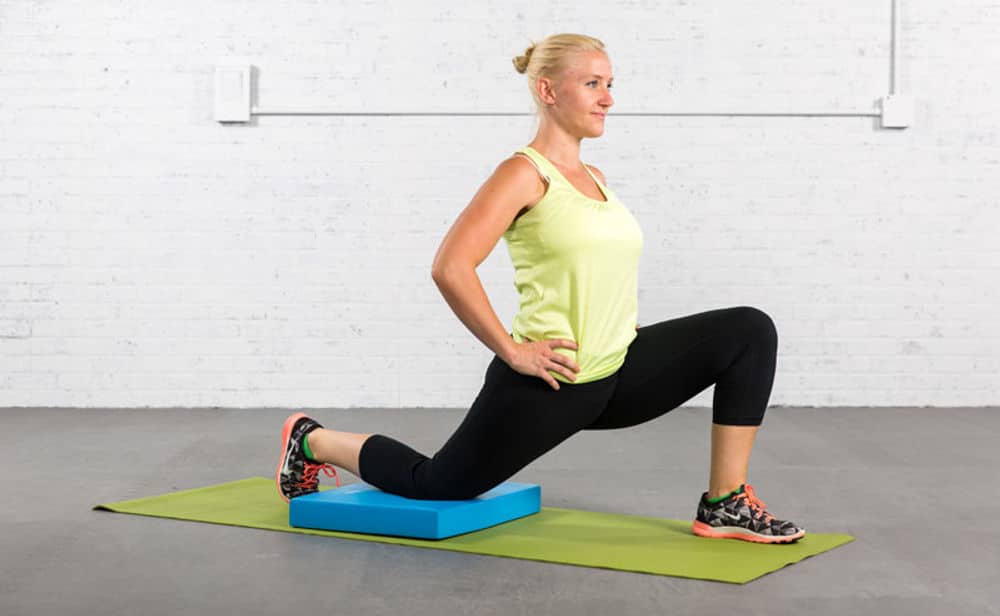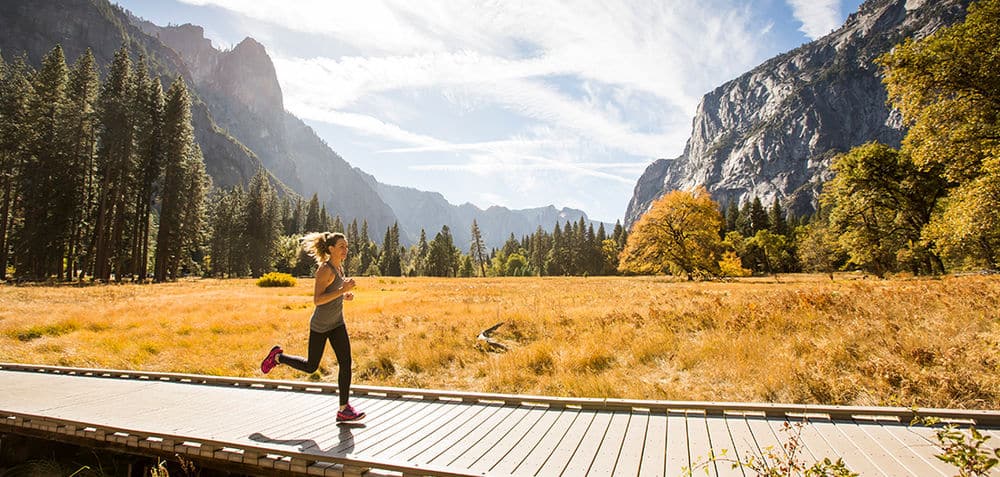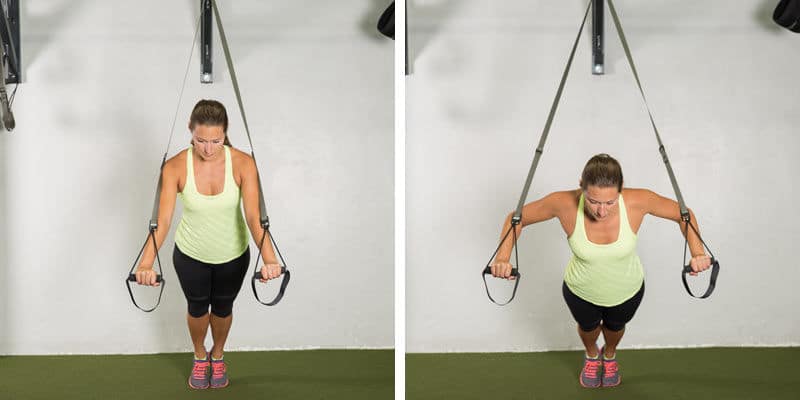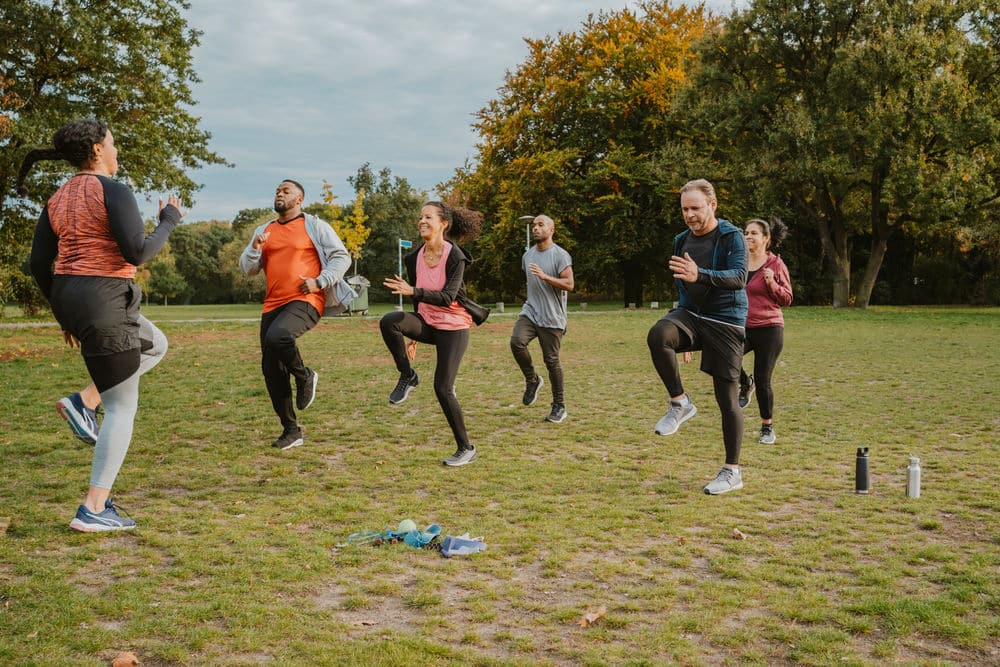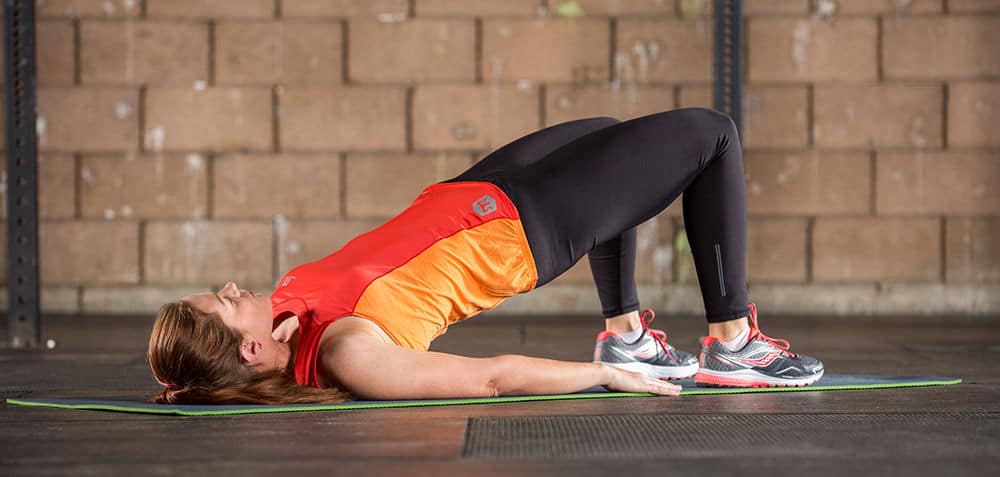Training inversions, that are sometimes outlined as a posture the place the hips are above the center and the center is above the pinnacle, is a typical aim of many individuals who apply yoga. Sadly, most of the extra superior inversions, if executed incorrectly, pose dangers that outweigh the advantages. The excellent news is that there are a number of postures which are protected for novices and which make it simpler to progress to extra superior inversions. Right here is detailed data on how one can carry out a number of widespread inversions, that are usually thought-about protected for most individuals.
Little one’s Pose (Balasana)
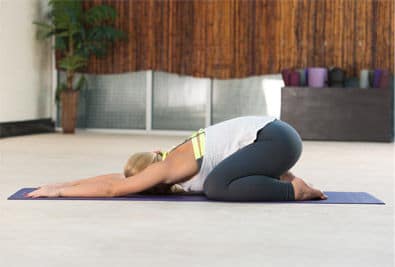
Most individuals discover this very fundamental inversion posture to be comfy and it may be held for prolonged durations of time. From a hands-and-knees place, carry your massive toes to the touch with the tops of the ft on the bottom; place the knees as large as is comfy as you sit your hips to your heels. Stroll your palms out in entrance with palms down or carry them alongside your ankles with palms going through up towards the ceiling. If you happen to’re experiencing any discomfort across the knee space, attempt putting a folded towel or blanket underneath the knees for added padding or behind the knee crease to lower the quantity of flexion within the knees.
Downward Going through Canine (Adho Mukha Svanasana)
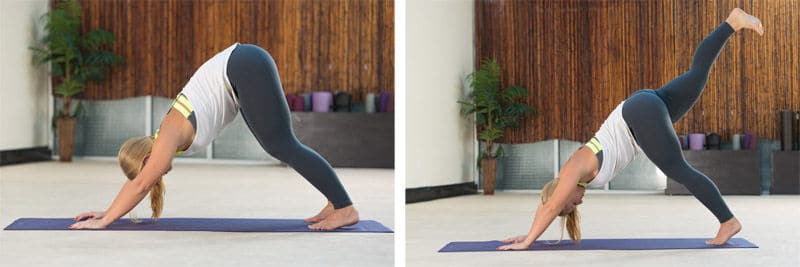
This posture helps develop the arm energy vital for extra superior inversion postures. Ranging from all fours with the fingers unfold large and the center finger pointing straight ahead, tuck your again toes underneath and raise the hips to the sky into an the other way up V-shape. A typical false impression is that the legs must be straight. Your legs MIGHT finally straighten out, however straight legs come secondary to a straight again. If you happen to’re rounding the again and shifting ahead to straighten your legs, bend your knees lots and draw your chest towards your thighs. Whereas conserving that size within the backbone, start to straighten the legs. Play with lifting one leg for just a few breaths. Hold the toes of the lifted foot pointed towards the bottom (not rotating in or out), after which repeat on the opposite facet. If you happen to’re experiencing any wrist discomfort, come right down to the forearms and palms in Dolphin Pose (Makarasana).
Legs Up The Wall (Viparita Karani)
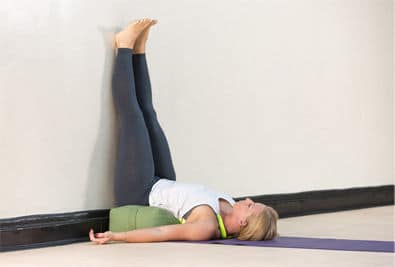
Start by sitting on the ground subsequent to a wall and putting the precise buttock, hip and size of the lateral leg towards the wall. Increase the precise leg up the wall adopted by the left as you lie again on to the ground. You’ll find yourself in an L-shape between the ground and wall. Scoot your hips as near the wall as doable except you’re experiencing discomfort within the hamstrings. If that is so, scoot the hips away from the wall barely. To assist invert the interior organs, place one or two folded towels or blankets beneath the hips. To progress this pose, transfer away from the wall and use your core stability to raise the legs.
Vast-legged Ahead Fold (Prasarita Padottanasana)
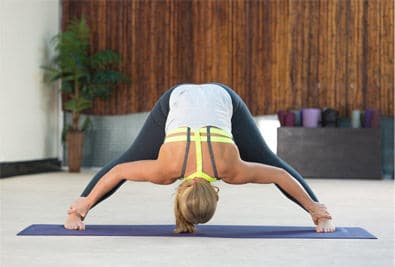
Start in mountain pose (tadasana) and step your ft aside to a large stance. Relaxation your palms in your hips and pigeon toe your ft in order that the large toes are turned barely towards one another. Inhale and lift the arms to shoulder top as you raise your chest and gaze up towards the ceiling. Exhale and start to fold ahead. Cease midway down and place your palms on the ground. Inhale as you lookup and lengthen. Exhale and proceed to decrease your head within the route of the ground. Contract the thigh muscle tissue and hold a slight bend within the knee. Select one of many following arm choices: (1) grip the decrease legs to softly lengthen the backbone and deepen the stretch with every breath; (2) stroll your fingertips between the legs again behind you; or (3) bend the elbows and relaxation the brow on a block or ground, relying in your diploma of flexibility.
If you happen to’re feeling assured with these postures, it’s possible you’ll be able to attempt one thing a bit of extra superior. Listed below are two postures that can advance you safely and successfully:
Crow Pose (Bakasana)
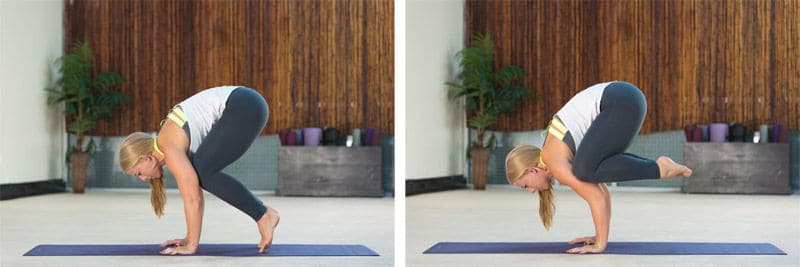
From downward-facing canine pose, stroll your ft up and place them behind your palms. Unfold the fingers large and gaze ahead. Shift your weight onto your toes and press the knees into the triceps (as near the armpit as doable). Play with shifting your weight ahead into the palms, lifting one foot behind you for just a few breaths after which releasing it right down to repeat on the opposite facet. The aim is to sooner or later raise each ft behind you and convey the large toes to the touch. Launch and instantly relaxation for just a few breaths in youngster’s pose.
Handstand and Forearm Stand Prep
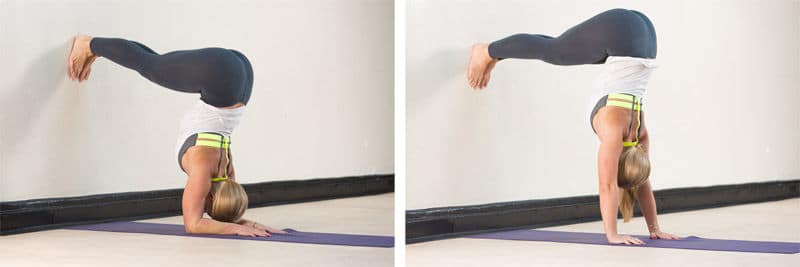
This posture requires using a wall, and will solely be carried out as soon as you’re feeling assured with dolphin and/or downward going through canine. Begin from a table-top place, with wrists beneath the shoulders and knees beneath the hips. Place your self in order that your ft are just a few inches away from the wall. Transfer into both dolphin pose (forearm plank) or downward going through canine (handstand). Place the ft on the wall and start to stroll the legs up the wall till your hips are at a 90-degree angle (use a mirror or have a associate let you know while you’re there). Have interaction the core tightly as you press your forearms or palms into the earth and create area between the shoulders and ears (keep away from “dumping” into the shoulders). Maintain for just a few breaths. Play with lifting one leg at a time in order that the heel is over the hip. Whenever you’re prepared to come back out of the pose, stroll the ft again down the wall to the ground and instantly relaxation in youngster’s pose.


